Back pain and poor driving distance are two common frustrations for golfers of all skill levels. While these issues may seem unrelated, they often stem from a shared cause: insufficient isometric force production. By improving this aspect of your fitness, you can enhance your golf performance, reduce your risk of injury, and unlock your full potential on the course.
Torque: The Measure of Isometric Force Potential
Torque is an instantaneous measure of rotational force, playing a critical role in golf. It is calculated using the formula:
Torque = Force × Moment Arm
Where:
- Force is the amount of push or pull applied.
- Moment Arm is the perpendicular distance from the axis of rotation (e.g., your spine, hips, or shoulders) to the line of force application (e.g., your hands on the golf club).
In golf, torque represents the rotational force generated during the swing and is a measure of your body’s ability to produce and transfer energy efficiently through the kinetic chain. Torque is directly tied to your isometric force potential—your muscles' ability to stabilize and resist forces as you transition between movements.
Dynamic Torque and the Golf Swing
Every joint axis in the body experiences dynamic and changing torque values throughout a golf swing. This variability is due to:
-
Changes in Force Application: The muscles across each joint contract with varying intensity depending on the phase of the swing (backswing, transition, downswing, and follow-through).
-
Moment Arm Dynamics: The moment arm—the perpendicular distance from the line of force to the axis of rotation—constantly changes during the swing. For example:
- In the backswing, the moment arm increases as the golfer reaches full rotation, maximizing the stretch across the torso and hips.
- In the downswing, the moment arm shortens as the golfer accelerates through impact, requiring a transfer of force from rotational torque to linear velocity at the clubhead.
- In the follow-through, torque at many joints decreases as the body decelerates and dissipates force.
-
Joint-Specific Axes of Rotation: Different joints have unique axes of rotation, and their torque values vary depending on their role in the swing. For example:
- Hips: Serve as a primary axis of rotation, requiring high torque to generate power.
- Spine: Stabilizes against rotational forces, particularly at the lumbar region.
- Shoulders and Wrists: Fine-tune torque transfer to the clubhead for precision and speed.
Isometric Strength and Torque Control
Torque production in golf requires not only dynamic force but also the ability to stabilize and resist unwanted motion. This is where isometric strength becomes crucial. During the swing:
-
Stabilization at the Top of the Backswing: Isometric force in the core and hips helps hold the body in position while storing energy, preventing energy leaks caused by unnecessary motion.
-
Transitioning Between Directions: As the body shifts from backswing to downswing, high isometric force is needed to stop rotational movement in one direction and reaccelerate in the opposite direction. Inefficient isometric strength during this phase increases torsional stress on the spine, particularly the intervertebral discs, leading to a higher risk of injury.
-
Efficient Energy Transfer: By maintaining joint stability through isometric force, energy generated in the lower body is transferred smoothly through the kinetic chain to the upper body, resulting in greater torque at impact and higher clubhead speeds.
Improving Isometric Force to Enhance Torque
Focusing on isometric strength training is essential for golfers who want to improve torque production and reduce the risk of injury. By strengthening the muscles that stabilize the hips, core, spine, and shoulders, you can better control the changing torque demands on your joints throughout the swing. Over time, this translates to:
- Greater Driving Distance: Enhanced isometric force improves your ability to generate and sustain high torque, leading to more power.
- Improved Swing Efficiency: Better joint stability minimizes energy leaks and ensures smooth transitions.
- Reduced Risk of Injury: Stronger stabilizing muscles help protect the spine and other joints from excessive torsional loads.
The Role of Isophit Strength Training
Incorporating a targeted isometric strength program can help golfers address these torque-related challenges. By training the muscles to stabilize effectively during rotational movements, you’ll enhance your ability to control joint axes, improve energy transfer, and boost overall performance.
Remember, every swing is a complex combination of forces, and by strengthening your isometric capacity, you set the foundation for a powerful and pain-free game.
At Isophit, we help the world’s strongest, fastest, and most gifted athletes—and everyday golfers—win more, hurt less, and age stronger.

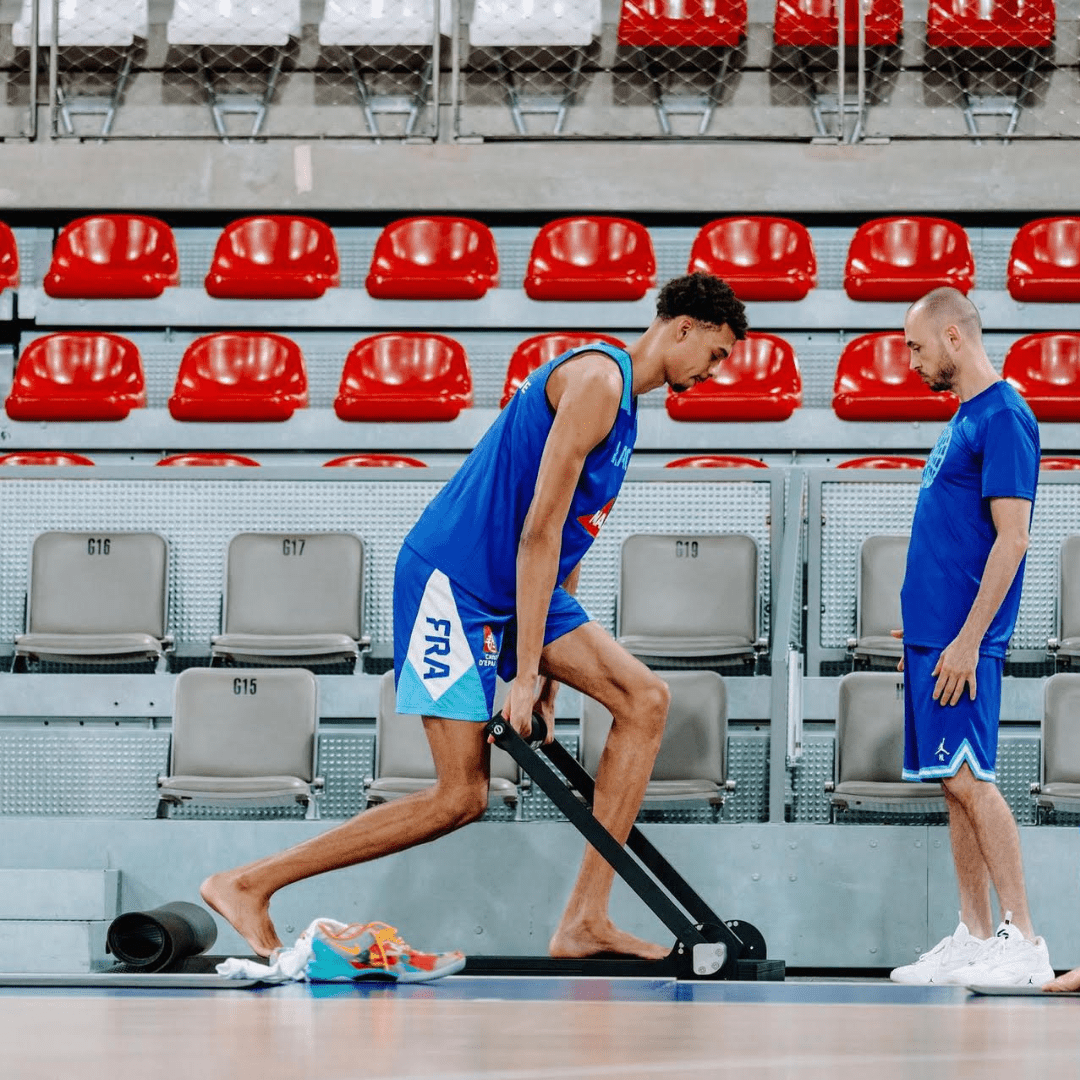




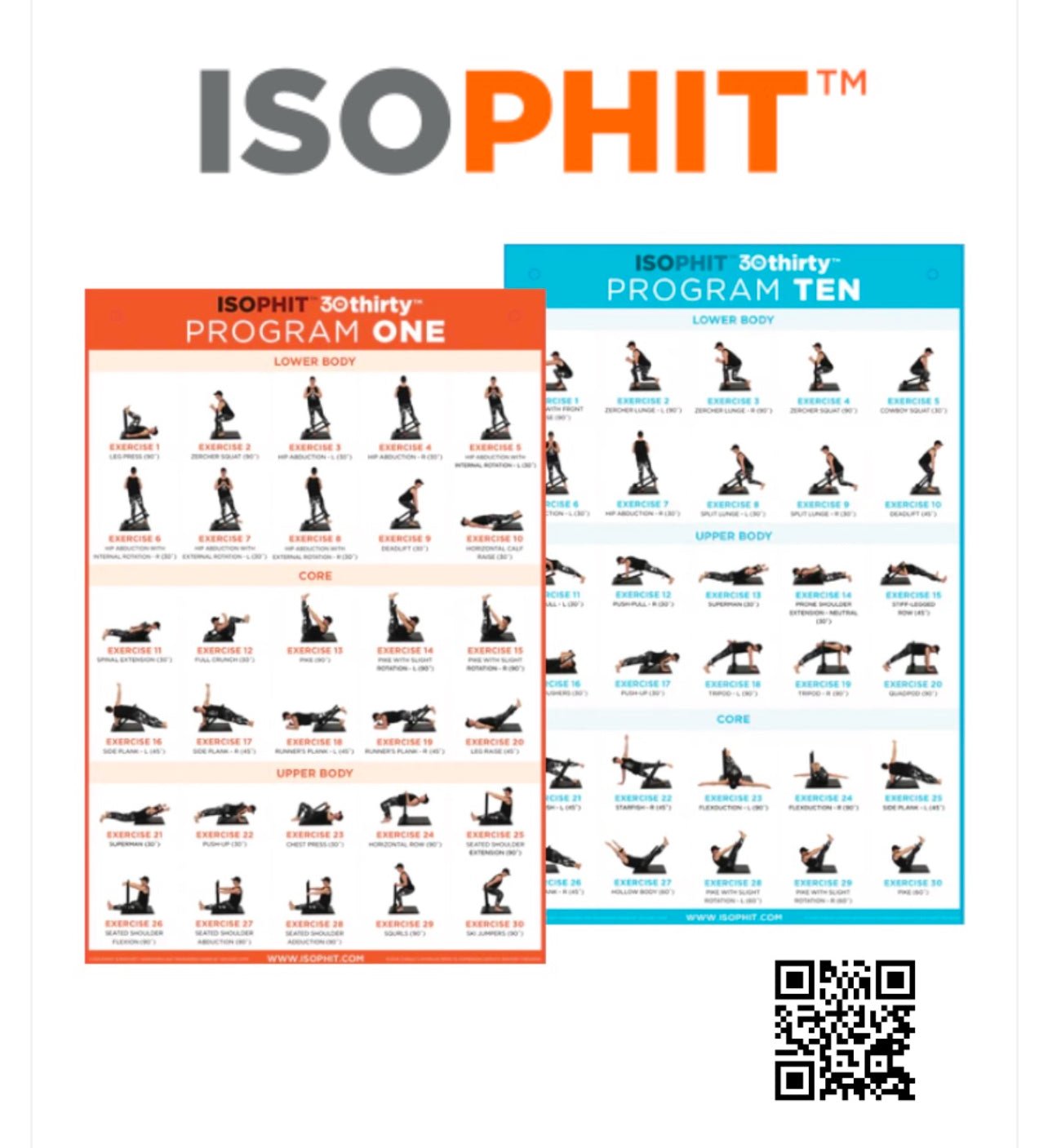
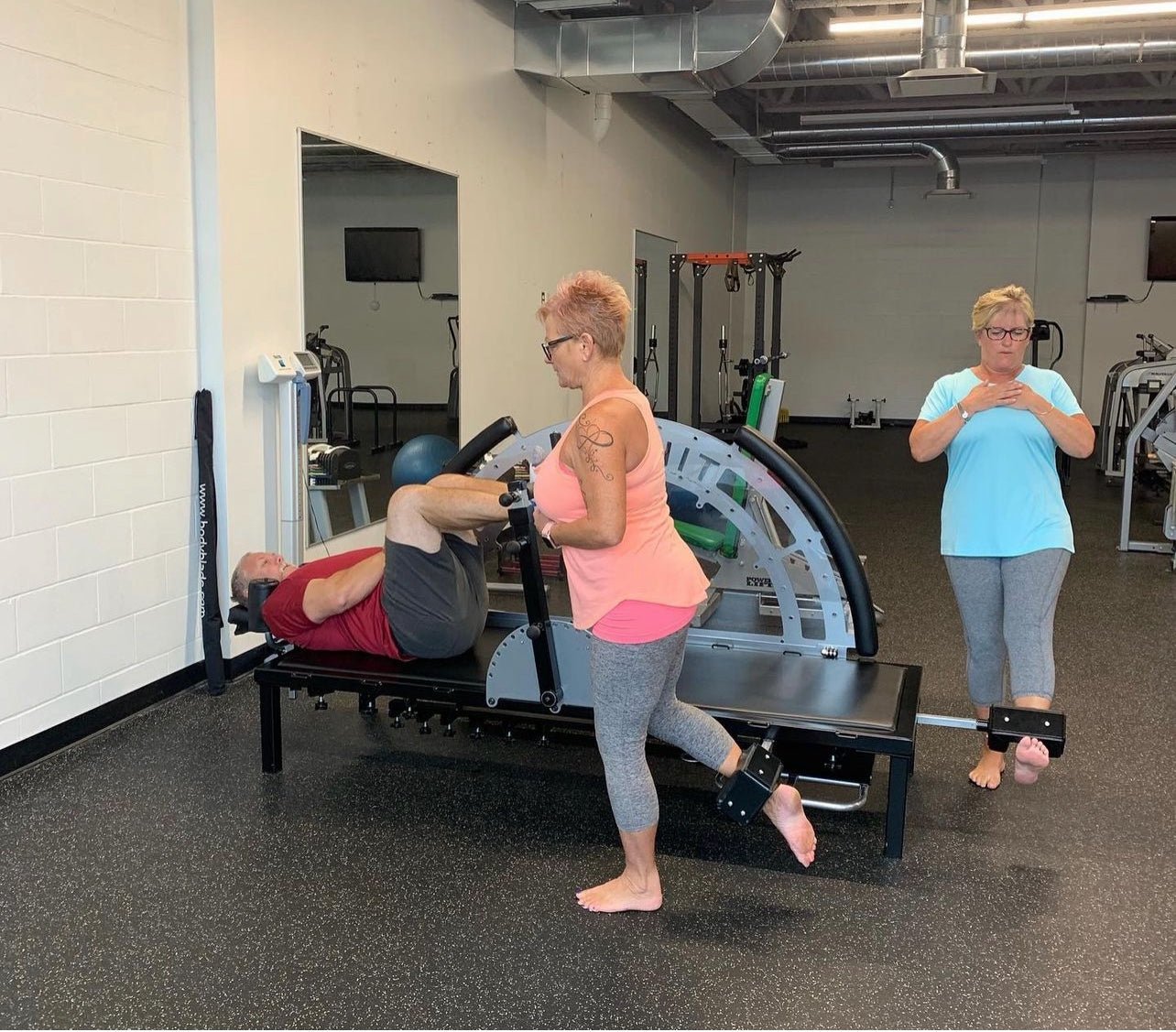
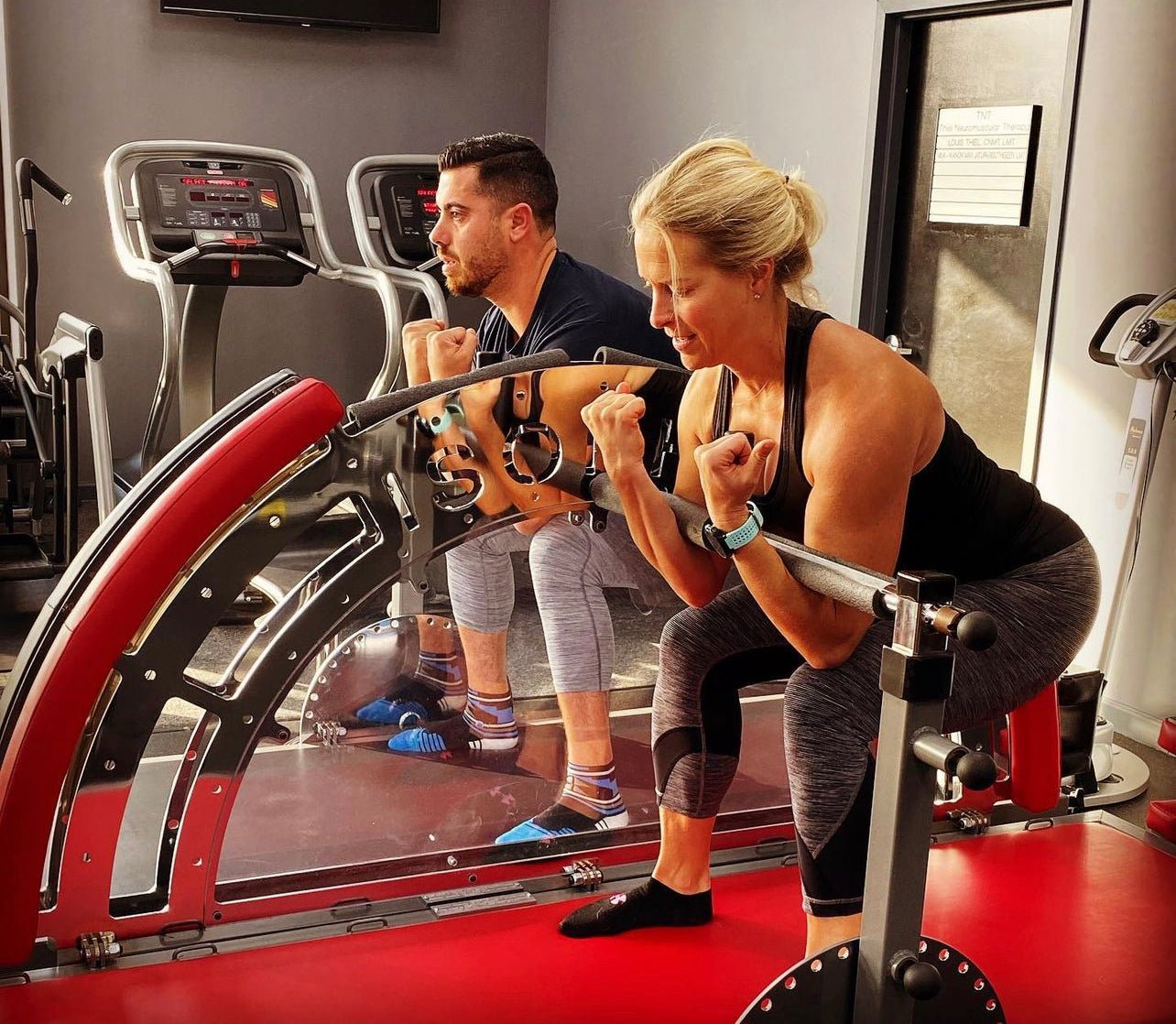
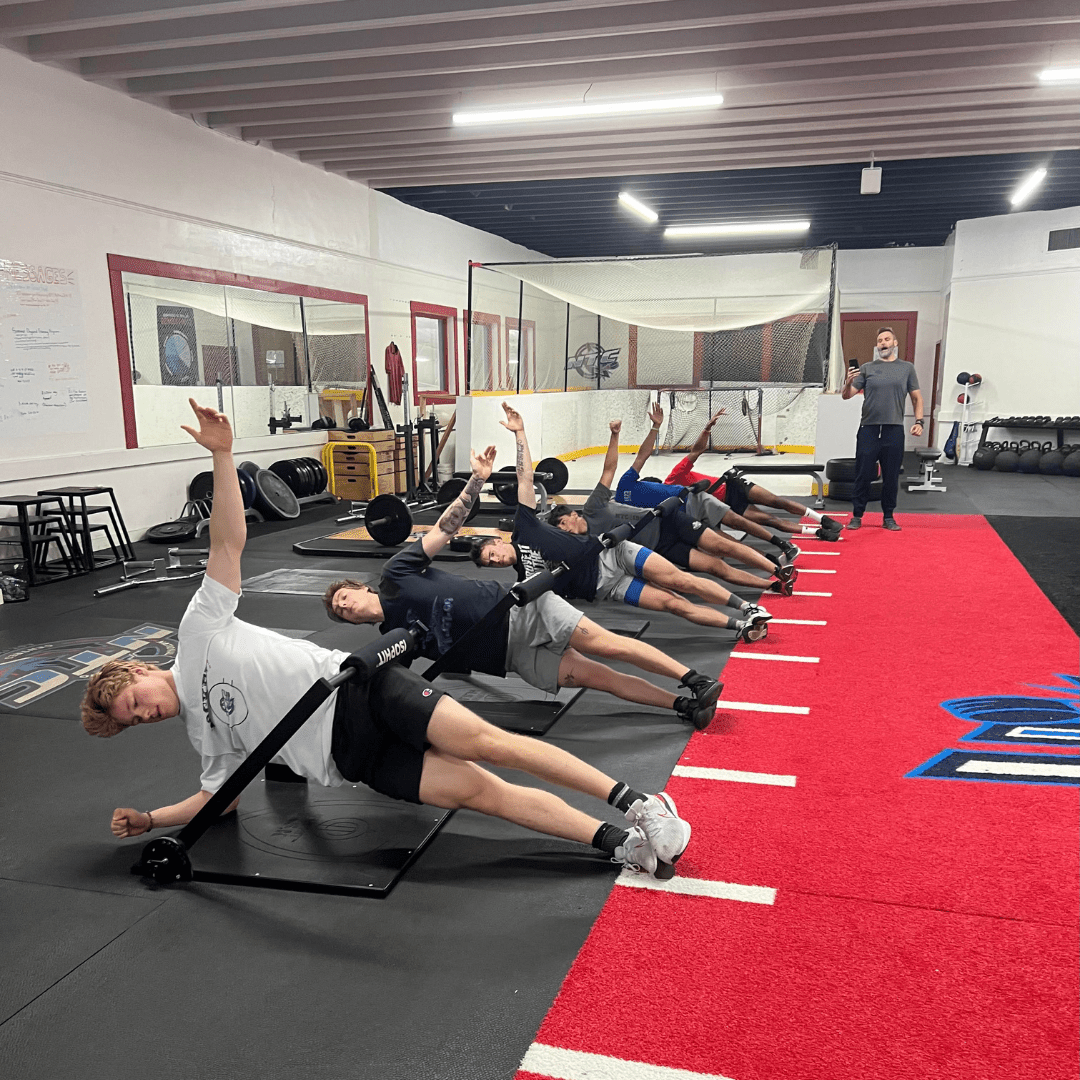
Share:
Why Train Multiple Isometric Exercises?
Understanding Ankle Instability and Its Impact on Injury Risk: The Role of Isometric Strength Training.